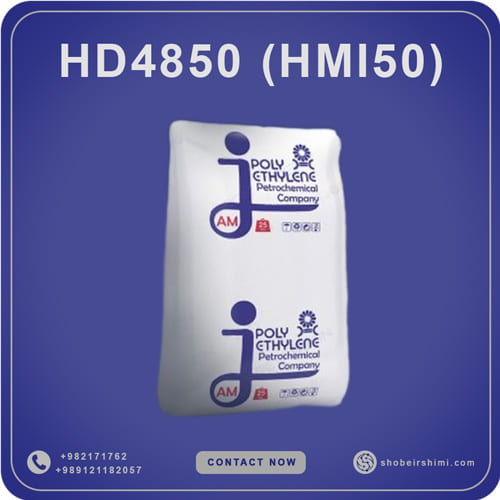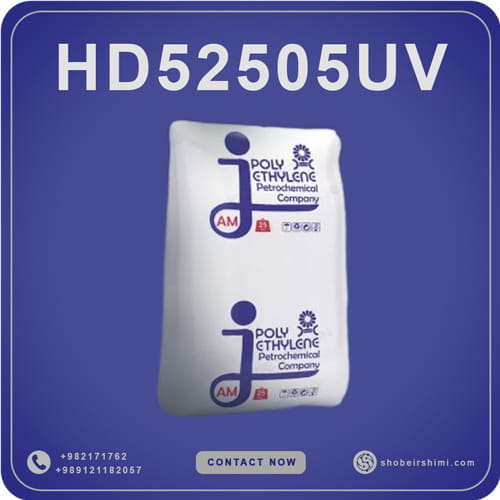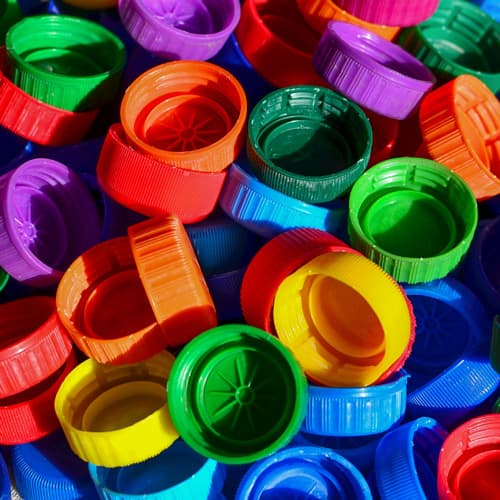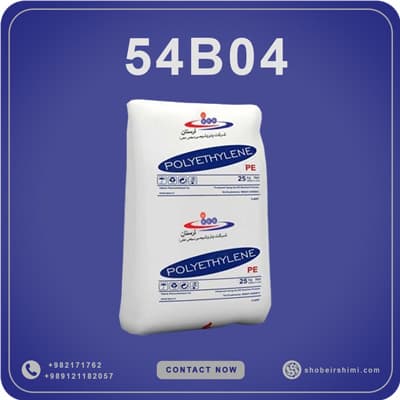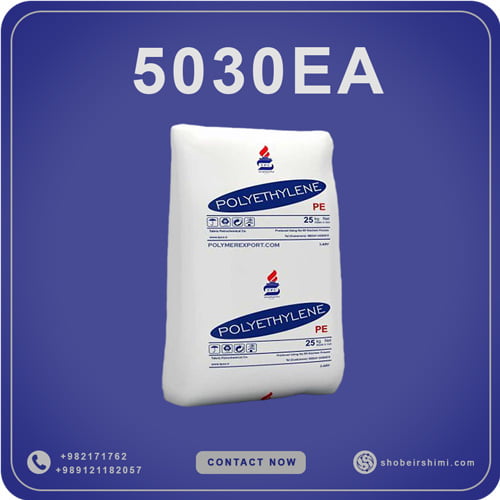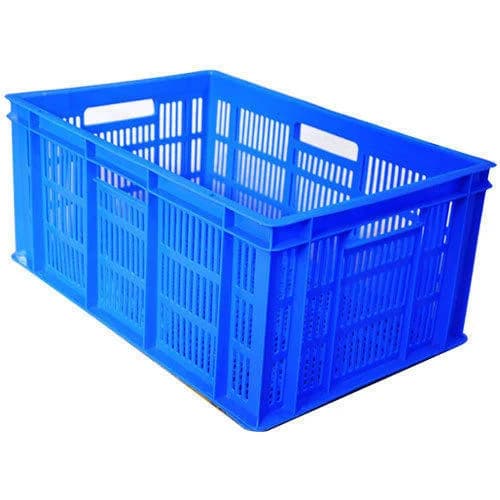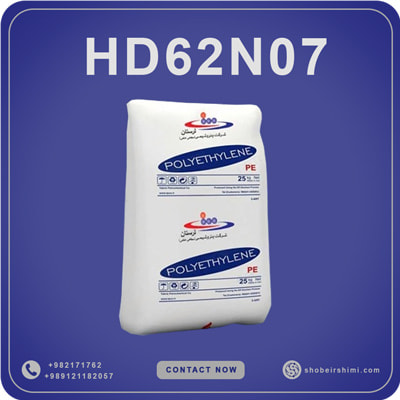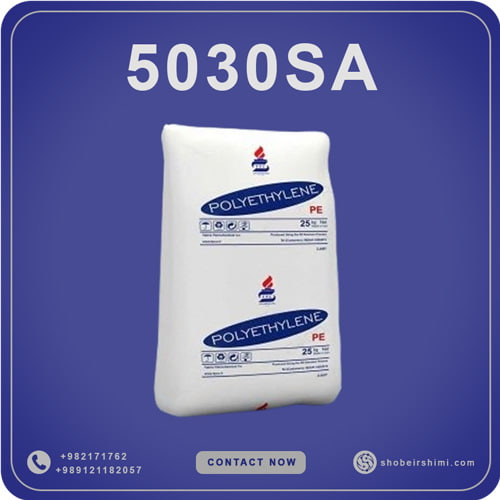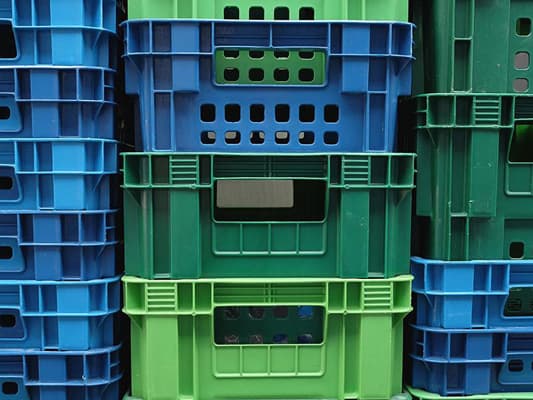HDPE Injection Molding Grades
HDPE Injection Molding is a widespread production method that involves injecting molten High-Density Polyethylene (HDPE) into a mold to create precise and durable plastic parts. Because of its adaptability, HDPE plastic molding plays a vital role in producing high-performance components that demand strength, impact resistance, and chemical stability. As a product, HDPE is a cornerstone of many manufacturing sectors due to its excellent mechanical properties and straightforward processability. The HDPE injection moulding process offers an inexpensive solution for the production of high-volume, high-quality HDPE injection molding products.
The necessity for lighter, more recyclable, and durable plastics has made injection molded HDPE a routine practice across numerous industries. This versatility is possible due to the wide range of available HDPE Grades, each tailored for specific applications, including:
- Automotive: for protective housings, fluid reservoirs, and fuel tanks
- Consumer Goods: for containers, household items, and toys
- Medical Devices: such as fluid delivery systems and disposable components
What Is HDPE Injection Molding?
HDPE (High-Density Polyethylene) is a thermoplastic polymer known for its great strength-to-density ratio. It is especially valued in HDPE plastic injection molding due to its excellent dimensional stability, low moisture absorption, and simple flow characteristics.
The process of HDPE injection molding entails heating hdpe pellets for injection molding until molten and then injecting the material into a custom-designed mold under high pressure. The material cools and solidifies into the desired shape. This procedure is fundamental to modern manufacturing, as it supports mass production while maintaining high tolerances and structural integrity.
Key steps in a thorough HDPE injection molding processing guide include:
- Material Preparation: HDPE pellets are typically dried to remove moisture before processing.
- Melting and Injection: The HDPE injection molding temperature is typically between 180°C and 280°C. The molten material is then injected into the mold under pressure.
- Cooling and Ejection: The mold cools the part (commonly through water circuits), which is then ejected once it has solidified.
There are numerous advantages to using HDPE for injection molding:
- High Tensile Strength: Enables use in load-carrying elements.
- Exceptional Impact Resistance: Resists mechanical strain without cracking.
- Chemical Resistance: Chemically resistant to acids, solvents, and other aggressive chemicals.
Additionally, HDPE plastic injection molding is highly recyclable, aligning perfectly with sustainable production goals. Regardless of whether you are manufacturing hdpe injection molding products for industrial, medical, or domestic purposes, the process ensures consistency, performance, and affordability. This makes it clear that can hdpe be injection molded? The answer is a definitive yes.
HDPE Injection Molding Grades: A Complete Guide
HDPE Injection Molding Grades are highly developed variants of High-Density Polyethylene that are specifically formulated to perform optimally in injection molding operations. The HDPE molding process is in demand due to its speed, precision, and capacity to create intricate or high-volume parts with minimal waste.
A general-purpose hdpe injection grade is designed to offer:
- Stable Flow: Smooth and consistent flow during molding to fill complex cavities without defects.
- Dimensional Stability: High precision for parts that require tight tolerances.
- Mechanical Strength: Excellent stiffness and impact resistance for robust final products.
- Versatile Applications: Use in a wide range of HDPE injection molding products, from caps and crates to housewares and industrial containers.
Manufacturers consider properties like the Melt Flow Index (MFI), density, and suitability for the specific application when selecting an hdpe injection molding grade. These materials are often referred to simply as hdpe injection, injection molded hdpe, or HDPE molding resins in manufacturers’ catalogs.
Key Properties of HDPE Injection Grades
The HDPE injection molding materials we provide are characterized by:
- Melt Flow Index (MFI): This indicates how readily the molten polymer will flow under pressure at 190°C. Lower MFI grades (e.g., 2–5) are ideal for thicker or more rigid parts, while higher MFI grades (e.g., 18–22) are perfect for thin-walled or intricate parts that require fast filling.
- Density: Density directly affects stiffness, chemical resistance, and barrier properties. Most HDPE injection molding grades fall between 0.919 and 0.962 g/cm³.
- Processing Efficiency: HDPE molding resins are specifically engineered for high-speed cycle times and consistent filling of the mold, reducing common defects like warpage or shrinkage.
HDPE Injection Molding Grades Comparison Table:
How to Select the Right HDPE Injection Grades
Choosing the right hdpe injection molding grade is crucial for success. Your selection should be based on a few key factors:
- Part Design: For intricate and thin-walled components, opt for high MFI HDPE injection molding materials (e.g., 18–22) to ensure the mold is filled completely.
- Structural Needs: For load-bearing or structural parts, a lower MFI with a higher density is desirable (e.g., HD-62N07) to achieve maximum stiffness and strength.
- Specific Requirements: For outdoor use, select UV-resistant grades like HD-52505UV. For food contact, choose grades such as HD-5218UA that meet specific regulatory standards.
- Manufacturing Efficiency: In high-volume production, high MFI ratings help to speed up cycle times and increase energy efficiency.
Common Industries Using Injection HDPE Grades
The wide-ranging use of HDPE Injection Molding makes these grades a widely sought-after selection in:
- Consumer Packaging: Bottle, caps, food packaging
- Housewares: Thinwall products, trays, kitchen organizers
- Industrial Storage: Crates, shipping bins, pallets
- Retail Products: Toys, household items, promotional products
- Heavy-Duty Applications: Structural containers, toolboxes, UV-resistant outdoor products
HDPE Injection Molding Products
HDPE Injection Molding is widely used to create a variety of sturdy and durable products. Common hdpe injection molding products include crates, bottles, fuel tanks, lids, and pails. These products are made possible by the flexibility, chemical resistance, and durability of hdpe plastic injection molding.
For example, large storage crates made from hdpe for injection molding are very impact-resistant and perfect for heavy usage. Similarly, hdpe injection made fuel tanks and bottles provide secure and safe liquid storage. We can offer a product gallery showcasing the variability of parts produced by injection molded hdpe, such as household and industrial goods. We can also provide mini-case studies on how manufacturers fine-tune the hdpe injection molding temperature and other hdpe injection molding parameters to achieve the minimum number of defects and homogeneous, high-quality parts.
HDPE Injection Molding Products
HDPE Injection Molding is widely used to create a variety of sturdy and durable products. Common hdpe injection molding products include crates, bottles, fuel tanks, lids, and pails. Such products are enabled by the flexibility, chemical resistance, and durability of hdpe plastic injection molding.
For example, large storage crates made from hdpe for injection molding are very impact-resistant and are perfect for heavy usage. Similarly, HDPE injection-made fuel tanks and bottles provide secure and safe liquid storage. A product gallery may present the variability of parts produced by injection HDPE, such as household and industrial usage. Mini-case studies typically suggest how manufacturers precondition the hdpe injection molding temperature and processing parameters in order to achieve the minimum number of defects and homogeneous quality parts.
HDPE Injection Molding Processing Guide
A detailed hdpe injection molding processing guide outlines the main phases for successfully molding HDPE pieces:
- Grade Selection: Select the suitable hdpe injection grade depending on component demands, including strength, flexibility, and chemical resistance.
- Material Preparation: Although HDPE typically absorbs very little water, drying may sometimes be necessary to prevent defects.
- Temperature Control: Maintain an ideal hdpe injection molding temperature of around 180°C to 230°C to ensure proper melting and smooth flow.
- Mold Temperature: Set the mold temperature between 30°C and 60°C to promote controlled solidification.
- Parameter Optimization: Meticulously adjust the hdpe injection molding parameters (injection pressure, speed, and holding time) to ensure the mold fills correctly and to reduce shrinkage or warpage.
- Cooling & Ejection: Managed cooling guarantees dimensional accuracy and prevents distortion before the part is ejected.
- Post-Processing: Post-processing procedures, such as trimming, annealing, and quality control, ensure the finished components are ready for use.
Conclusion of HDPE Injection Molding
In conclusion, HDPE injection molding remains one of the most reliable and efficient methods for producing durable plastic products across industries. By understanding the recommended HDPE injection molding temperature ranges and following a proper processing guide, manufacturers can achieve excellent part quality and optimize their production efficiency. From crates and bottles to fuel tanks, using HDPE in injection molding offers remarkable strength, durability, and cost-effectiveness.
For companies looking to secure high-quality raw materials, Shobeir Shimi stands as a trusted supplier of a wide range of Iranian HDPE grades. With expertise in sourcing and export, Shobeir Shimi ensures a consistent supply and tailored solutions for your manufacturing needs.
Ready to elevate your production with premium HDPE injection molding materials? Contact Shobeir Shimi today and gain access to expert support and reliable supply for your business.
Frequently Asked Questions (FAQ)
Q: Can HDPE be injection molded? Absolutely. HDPE is one of the most common and effective materials for injection molding due to its excellent flow characteristics, thermal stability, and the durable properties of the finished product.
Q: What is the difference between HDPE and LDPE for injection molding? HDPE (High-Density) is stiffer, stronger, and more resistant to chemicals and heat than LDPE (Low-Density Polyethylene). LDPE is more flexible and is often used for products like squeeze bottles.
Q: What are common defects in HDPE injection molding? Common issues include warping (due to uneven cooling), sink marks (in thick sections), and short shots (incomplete mold filling). These can often be resolved by optimizing the HDPE injection molding parameters, such as temperature, pressure, and material grade.

